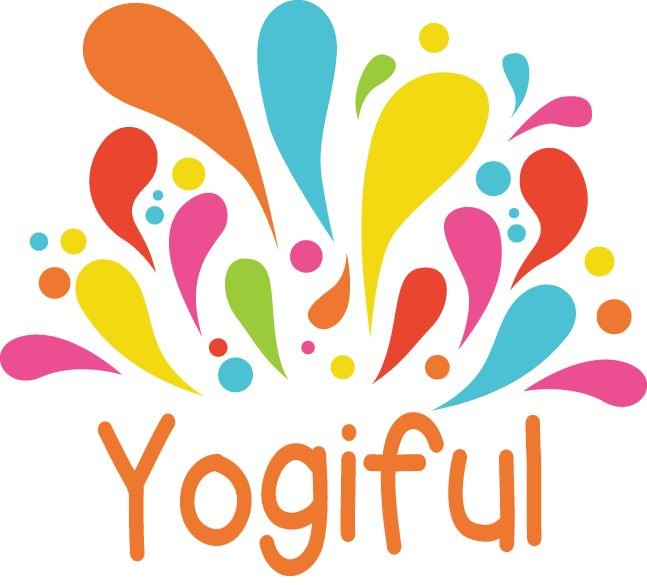Inclusive Language in Kids Yoga
Do you have a memory, as a child, of an adult saying something hurtful to you?
Do you have a memory, as a child, of an adult being your biggest advocate/supporter?
As kids yoga teachers, we have a choice. Will we be an advocate and supporter? Or will we unknowingly say something hurtful that could have a lifelong imprint on the students we are teaching?
Of course this is never our intent, but it is our job as kids yoga teachers to educate ourselves on the importance of inclusive language within kids yoga.
What is Inclusive Language?
Inclusive language is mindful language, intended to treat others with respect and make them feel seen as they wish to be seen. It is the conscious effort to not isolate a group of people, but rather include everyone in the practice.
Inclusive language is essential in kids yoga, making LGBTQ, youth of color, and bodies of all shapes and sizes feel comfortable, included and safe to play together.
Non-inclusive language could be as simple as saying “Boys and girls,” when you have queer-youth in your class.
For LGBTQ people, mainstream yoga can be alienating and overwhelming in this way. This is true for all other minorities within kids yoga as well, and makes inclusive language in kids yoga essential.
How to Be Inclusive in Yoga Classes
Inclusive language can be implemented across the board in your business and practice. Promotional material, signage, how you greet people, and instruction during class are just a few areas where we can be more mindful of our language.
Here are some helpful examples for understanding and using inclusive language:
On an intake form, ask for used–not “preferred”–pronouns (he/him, she/her, they, them)
Speak to “them”, if in doubt, as a general rule of thumb
Use words like “kids”, or something fun like “monkeys”, instead of “boys and girls”
Not everyone has “parents,” so using words like “caregivers” or “grown ups” will feel more inclusive
Swap “disabled people” for “people with disabilities”--people are not defined as their disability
Use “siblings” instead of “brother and sister”
Learning Curve
Educating ourselves on inclusive language in kids yoga is a continued learning process, so the first rule is: be willing to make mistakes. When someone corrects you, thank them and take this as a learning opportunity.
We have the opportunity, as inclusive kids yoga teachers when working with queer youth, to set societal standards.
As trailblazers for inclusive kids yoga, it is important to remember that our words matter!
How Yogiful Practices Inclusivity:
Yogiful is committed to a lifelong journey of fostering inclusivity and social justice within kids yoga. We aim to make our offerings accessible through scholarships and have never turned a child away who wanted to practice.
We pride ourselves in using inclusive language, respecting and honoring pronouns, practicing trauma informed strategies, always asking for consent, and encouraging the fact that all bodies can practice yoga.
We also do our best to communicate if/when gender neutral bathrooms are available for students.
Yogiful has a zero tolerance policy for bullying, racial slurs, and discrimination in any form for students, parents, and teachers.
Practice inclusive kids yoga with us, join our Kids Yoga Teacher Training, or watch our inclusive kids yoga videos.




